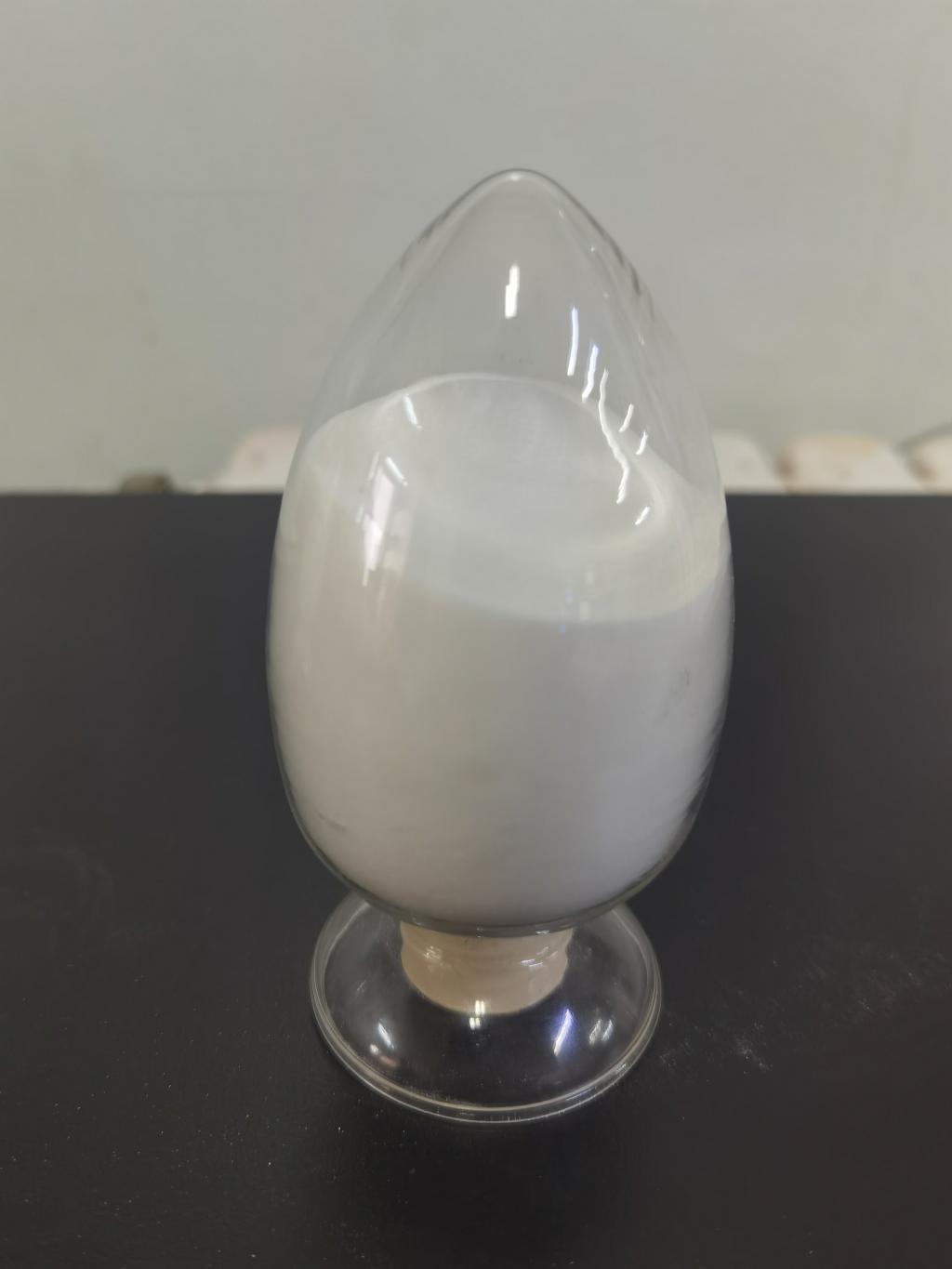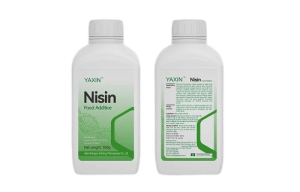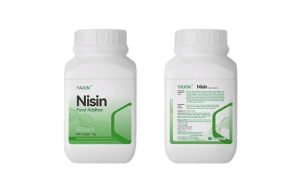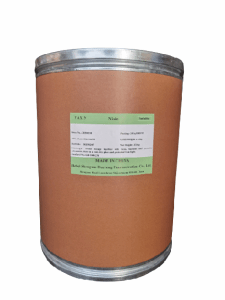Tel:+8618231198596

News
 CONTACT
CONTACT
 CONTACT
CONTACT
- Linkman:Linda Yao
- Tel: +8618231198596
- Email:linda.yao@dcpharma.cn
- Linkman:CHARLES.WANG
- Department:Overseas
- Tel: 0086 0311-85537378 0086 0311-85539701
News
Investigating the use of ε-Polylysine hydrochloride in the preservation of gluten-free foods.
TIME:2024-10-22
Understanding ε-Polylysine Hydrochloride
ε-Polylysine hydrochloride is a naturally occurring homopolymer of lysine, produced by certain strains of Streptomyces albulus. It is recognized for its broad-spectrum antimicrobial activity, particularly against Gram-positive bacteria, yeasts, and molds. The unique properties of ε-PL, including its water solubility, heat stability, and low toxicity, make it an attractive candidate for food preservation. Additionally, ε-PL is generally recognized as safe (GRAS) by the U.S. Food and Drug Administration (FDA) and has been approved for use in various countries, including Japan and China, where it has been used for over 30 years.
Application in Gluten-Free Foods
The application of ε-PL in GF foods offers several advantages:
Antimicrobial Efficacy: ε-PL's ability to inhibit the growth of a wide range of microorganisms, including those that commonly cause spoilage in baked goods and other GF products, can significantly extend their shelf life.
Sensory Impact: When used at appropriate levels, ε-PL does not adversely affect the taste, texture, or appearance of GF foods, ensuring that the sensory attributes remain appealing to consumers.
Clean-Label Appeal: As a natural preservative, ε-PL aligns with the clean-label trend, providing a more consumer-friendly alternative to synthetic preservatives.
Versatility: ε-PL can be incorporated into a variety of GF products, including bread, pasta, cereals, and snacks, making it a versatile preservative option.
Research and Case Studies
Several studies have explored the efficacy of ε-PL in preserving GF foods:
Baked Goods: In one study, the addition of ε-PL to GF bread formulations was found to effectively control the growth of mold and yeast, resulting in a significant extension of the product's shelf life without compromising the quality of the bread.
Pasta Products: Research on GF pasta showed that ε-PL could prevent the growth of Bacillus spp., a common spoilage organism in stored pasta, thereby maintaining the product's freshness and safety.
Cereals and Snacks: In cereal and snack applications, ε-PL has been shown to inhibit the growth of Aspergillus flavus, a mold that can produce aflatoxins, thus ensuring the safety and longevity of these products.
Challenges and Considerations
While ε-PL shows great promise, there are several considerations to keep in mind:
Optimal Concentration: Determining the optimal concentration of ε-PL for different types of GF products is essential to ensure maximum efficacy without affecting the sensory characteristics.
Interaction with Other Ingredients: The interaction between ε-PL and other ingredients in GF formulations, such as emulsifiers and thickeners, should be carefully studied to avoid any unintended effects.
Regulatory Compliance: Although ε-PL is GRAS, manufacturers must ensure compliance with local and international regulations regarding its use in specific food categories.
Cost and Availability: The cost and availability of ε-PL can vary, and these factors may influence its adoption by smaller food producers.
Future Prospects
As the market for GF products continues to grow, the need for effective and natural preservation methods becomes increasingly important. Ongoing research into ε-PL, including the development of new delivery systems and the exploration of synergistic effects with other natural preservatives, will likely expand its utility and effectiveness. Moreover, advancements in biotechnology may lead to the production of ε-PL variants with enhanced properties, further solidifying its role in the future of GF food preservation.
Conclusion
The use of ε-polylysine hydrochloride in the preservation of gluten-free foods represents a promising approach to overcoming the challenges associated with short shelf life and microbial spoilage. With its potent antimicrobial activity, minimal sensory impact, and alignment with clean-label trends, ε-PL is well-positioned to become a key player in the GF food industry. As research progresses and regulatory frameworks adapt, the integration of ε-PL into GF product formulations will likely contribute to safer, longer-lasting, and more consumer-preferred food options.
- Tel:+8618231198596
- Whatsapp:18231198596
- Chat With Skype







